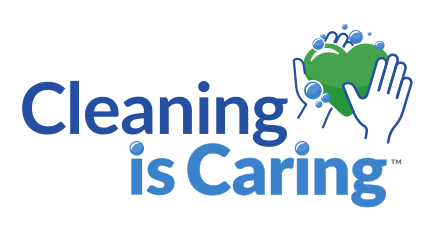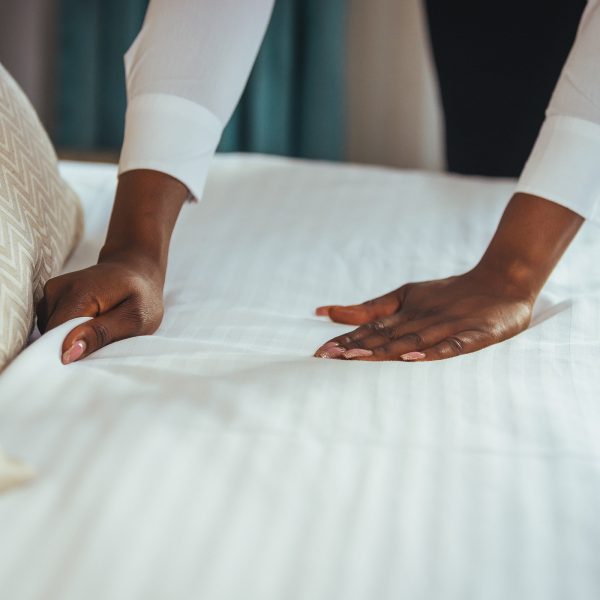Once the weather starts to cool, it’s a great time to do some deep cleaning of your bedding. You can start fresh as you get out additional blankets to add to the bed. Here are some tips for giving your beds a slumber-ready cleaning. “Everyday” items, like sheets, pillows and mattress pads, as well as most blankets and comforters, are washable. The more decorative components, like bed skirts, throw pillows, bedspreads, coverlets and throws, may be dry-clean-only. Check the care labels to be sure.
Mattress: Vacuum to remove any loose dirt or dust. A light spray with a fabric refresher will help remove any lingering odors; for double-duty, choose one with a formula designed to reduce allergens from pollen and dust mites. Vacuum and spray one side. Wait until the mattress is dry, and then flip it over and vacuum and mist the other side.
Mattress pad: Check the care label, then wash, using the recommended bleach and the hottest water that’s safe for the fabric. Machine-dry.
Bed pillows: Most pillows can be cleaned in the washing machine, but read the label for cleaning instructions particularly for feather or down pillows as these may need to be dry cleaned. Wash them two at a time, agitating for only one or two minutes on the gentle cycle. Use the spin dry feature of your washer at least twice to get as much moisture out of the pillows as possible. When drying, remove them and fluff them periodically. This will prevent clumping and promote even drying. Tossing a few tennis balls in the dryer with the pillows will also help prevent clumping.
Blankets: Along with mattress pads and pillows, blankets should be washed at least four times a year. Follow the care label instructions. If the instructions are missing or faded, machine-wash in warm water on the gentle cycle and machine-dry on the low heat cycle.
Comforter: Depending on the capacity of your washing machine, it can be difficult to wash a comforter at home. Don’t try to cram it into the machine. Instead, take it to a laundromat and wash it in one of the large capacity machines. Be sure to check the care label before washing, particularly for feather or down comforters, as these may need to be dry cleaned.
Electric blanket: Check the care label. Generally, electric blankets shouldn’t be dry-cleaned, because the chemicals may ruin the wiring. Most electric blankets can be machine-washed, using the gentle cycle and only two to three minutes of agitation. Don’t put the blanket in the dryer unless the care label recommends it. Instead, hang it over two lines or lay it flat to dry.
Bed skirt: If your bed skirt or dust ruffle is dry clean-only, and it isn’t soiled, toss it in the dryer with a fabric softener sheet. The sheet will trap the dust and the heat of the dryer will destroy any germs. Or use an in-home dryer kit to clean and refresh it.
Decorative pillows: Some decorative pillows have removable covers so the pillow and the cover can be cleaned separately, according to the care label instructions. If the cover is dry-clean-only and appears to be permanent, if you are handy with a needle and thread you can remove it by carefully ripping out the stitching along one edge. Clean the cover and the pillow (unless the care label says otherwise) using a home dry cleaning kit. Once the parts are clean, insert the pillow and hand-sew the opening closed.
This deep cleaning can be especially helpful at reducing dust and other allergens going into the winter months and a great way to help keep you and your loved ones healthy.


TELL US WHAT YOU THINK (0)